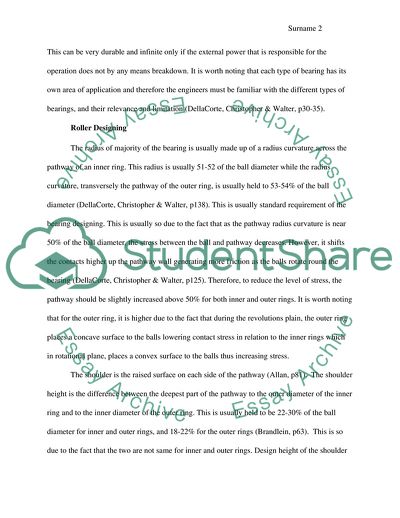Cite this document
(Design of a Roller Bearing Coursework Example | Topics and Well Written Essays - 1500 words, n.d.)
Design of a Roller Bearing Coursework Example | Topics and Well Written Essays - 1500 words. https://studentshare.org/engineering-and-construction/1820021-roller-bearing-design
Design of a Roller Bearing Coursework Example | Topics and Well Written Essays - 1500 words. https://studentshare.org/engineering-and-construction/1820021-roller-bearing-design
(Design of a Roller Bearing Coursework Example | Topics and Well Written Essays - 1500 Words)
Design of a Roller Bearing Coursework Example | Topics and Well Written Essays - 1500 Words. https://studentshare.org/engineering-and-construction/1820021-roller-bearing-design.
Design of a Roller Bearing Coursework Example | Topics and Well Written Essays - 1500 Words. https://studentshare.org/engineering-and-construction/1820021-roller-bearing-design.
“Design of a Roller Bearing Coursework Example | Topics and Well Written Essays - 1500 Words”. https://studentshare.org/engineering-and-construction/1820021-roller-bearing-design.


